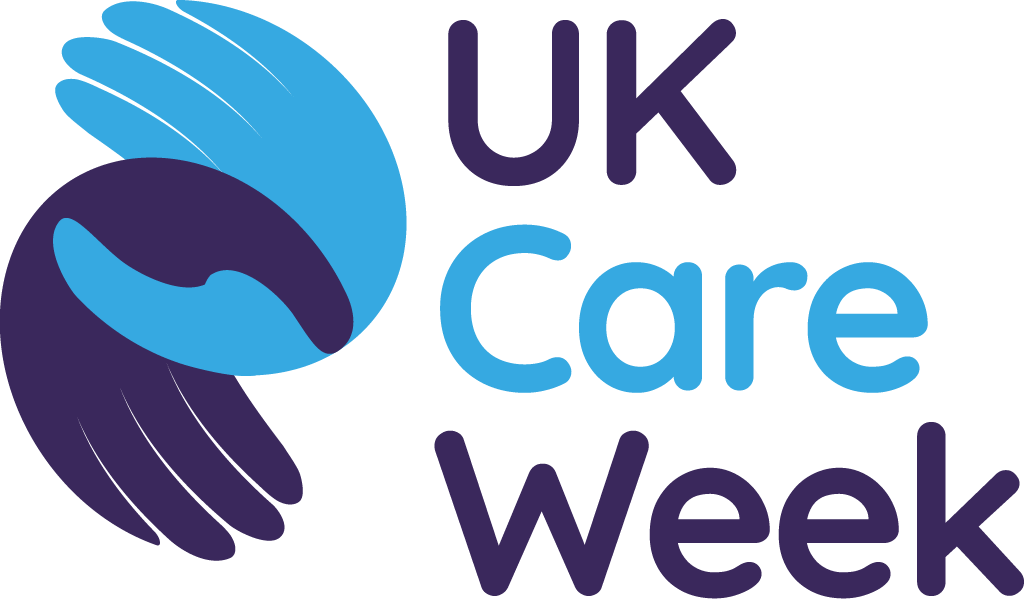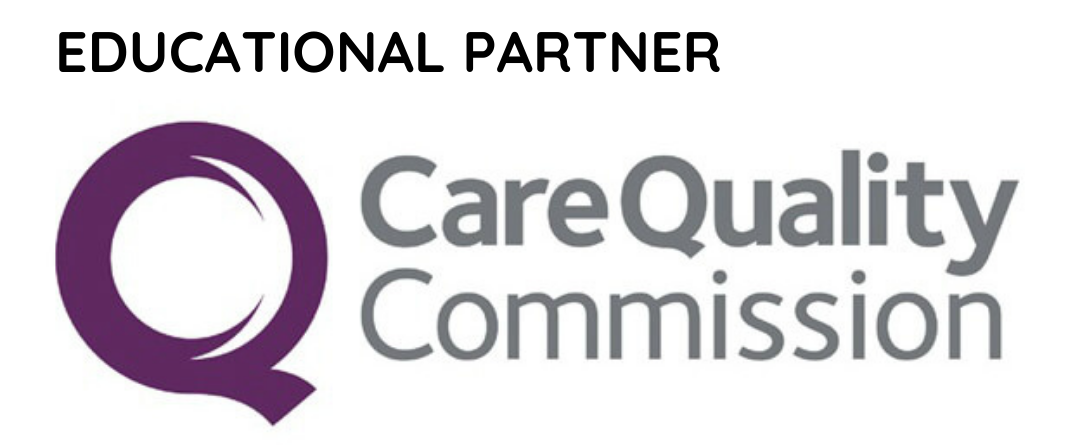Care homes and COVID – the impact of technology
)
Ahead of the seminar on 16th September on Supporting Independent Living in Care Homes and the impact of Covid, Angus Honeysett, Head of Market Access, Tunstall Healthcare UK gives an overview of the steps one care home took to choose a new technology system to improve the quality of life for resident’s pre-pandemic, and how it has helped the home to remain COVID-19 free.
Park View Nursing Home in Halifax is a 41-bed home offering comprehensive and individualised 24-hour care. It had an 18-year-old nurse call system which used wall mounted units in residents’ rooms which would emit loud alarms throughout the building if a resident activated the unit. Several screens in communal areas of the building would then give details of the resident asking for assistance.
As the existing nurse call system was coming to the end of its life, the Park View management team began to review options for its renewal, and how any new system could also make life easier for staff and residents, as well as supporting the use of telecare.
There were several areas considered when choosing the new system:
Efficiency
Park View needed a system that enabled staff to easily communicate with each other and locate colleagues without needing to search the building if they needed support. Staff also wanted to be able to view any alerts from anywhere in the home, rather than having to visit a fixed room unit or display screen in order to view active alarm calls. It was also important that any new system enabled alerts to be cancelled at source from residents’ pendants, not just from fixed wall units.
Reduced noise levels
The previous system relied on fixed alarm call points throughout the building, which meant that in order to alert staff wherever they were, a loud noise had to be emitted to reach throughout the home 24 hours a day. This impacted negatively on the atmosphere in the home, and increased anxiety in residents and visitors as they were aware that the alerts indicated some kind of adverse event may be happening. As part of the decision-making process, the management team at Park View was keen to find a system that was more discreet, meaning residents would no longer be disturbed, day and night, improving their sleep patterns and quality of life, and making Park View is a calmer place to work and visit.
Increased dignity
Park View wanted a new system that no longer relied upon screens in communal areas showing information about events, to increase confidentiality. But the system still needed to alert staff to who needs help, why and their location, enabling care to be delivered where and when it’s needed most. This would also reduce the need for ‘just in case’ checks, preserving the dignity of residents as they know they will get help when they need it but can maintain their privacy if they don’t.
Person-centred
Increasing the use of telecare devices was another factor in upgrading the system at Park View to support a least restrictive approach. The old system meant any additional equipment needed to be wired to the room panel, limiting its use. The new system needed to be able to support wireless sensors and wearables, such as:
- Bed occupancy sensors to alert staff when residents at risk of falls during the night begin to get out of bed so that they can be helped
- Wrist or neck worn fall detectors to be used by residents at risk of falling during the day anywhere in the home
- Sensors that could be fitted to residents’ doors to raise an alert if they leave their room and might attempt to enter another resident’s room.
After reviewing various options, Park View installed Tunstall Carecom™, a largely wireless system which meant it was easier to install and care could be designed around the needs of residents rather than the restrictions of the building. Receivers and beacons were placed around the building, which interact with smart pendants worn by residents, and caregivers manage the system using an app.
The pendants mean residents can call for help from anywhere in the building, rather than only from a room unit as previously, and gives care staff the ability to locate and quickly assist them. It supports the use of telecare, and the system can be configured to allow responses from nominated carers.
“The new system has made such a massive difference to everyone’s lives – residents, staff and relatives. Residents feel much safer knowing how quickly they can get help at the touch of a button. It’s enabled us to improve the way we deliver care in ways no traditional system ever could.” - Jason Sharpe, Operations Manager, Park View
As the COVID-19 pandemic hit, the dedicated staff at Park View isolated at the home for nine weeks. The Carecom care assist system was configured to enable care to be delivered in bubbles – the staff were split into three teams and were allocated to care for specific residents, reducing the risk of any cross infection and enabling residents to be isolated should this be required.
“Without the new system it would have been so much harder to protect our residents during the pandemic. It’s made such a difference to staff, residents, and families already, but during the last few months it’s been absolutely invaluable. I don’t know how other care homes are managing without this kind of technology.” - Jason Sharpe, Operations Manager, Park View
You can hear more at the Seminar which takes place from 14:45-15:15 on 16th of September in the Care Environments Theatre at NEC Birmingham.



